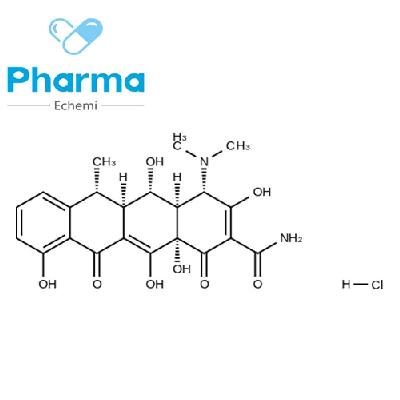-
Categories
-
Pharmaceutical Intermediates
-
Active Pharmaceutical Ingredients
-
Food Additives
- Industrial Coatings
- Agrochemicals
- Dyes and Pigments
- Surfactant
- Flavors and Fragrances
- Chemical Reagents
- Catalyst and Auxiliary
- Natural Products
- Inorganic Chemistry
-
Organic Chemistry
-
Biochemical Engineering
- Analytical Chemistry
-
Cosmetic Ingredient
- Water Treatment Chemical
-
Pharmaceutical Intermediates
Promotion
ECHEMI Mall
Wholesale
Weekly Price
Exhibition
News
-
Trade Service
On April 28, the Jiangxi Provincial Medical Insurance Bureau issued the "Announcement on the Selection Results of the National Medical Insurance Negotiation Drug Classification Management", announcing the classification management results of 290 nationally negotiated drugs, of which 87 drugs were included in dual-channel A management; 148 Drugs are included in the dual-channel category B management; 55 drugs are managed according to category C and are not included in the dual-channel management scope of Jiangxi Province.
The difference between A, B, and C
The difference between A, B, and CAfter the Jiangxi Provincial Medical Insurance Bureau issued and implemented the "Jiangxi Provincial Interim Measures for Drug Administration for Dual-Channel Negotiations" last year, on March 14 this year, the Jiangxi Provincial Medical Insurance Bureau, the Jiangxi Provincial Health Commission, the Jiangxi Provincial Drug Administration, and the Jiangxi Provincial Public Security Department jointly Jointly issued the "Notice on Further Implementing the Implementation of National Medical Insurance Negotiation Drugs", in order to further complete the province's normalized and institutionalized implementation of national medical insurance negotiation drugs, enhance the availability of negotiated drugs, and improve the province's "double The "channel" drug management mechanism has made a series of policy measures, among which the main is to standardize the classification management
Specifically, the negotiated drugs are divided into three categories for management, taking into account factors such as clinical value, patients’ needs for rational drug use, course cost burden, substitutability, and affordability of medical insurance funds
Negotiated drugs with a long use cycle and a high course of treatment cost are included in the "dual-channel" category A drug management; those with high clinical value, urgent needs for patients, low substitution, specific drug users (serious diseases or emergency needs of infectious diseases, etc.
At the same time, the inpatient and outpatient channels of medical institutions and the channels of pharmacies will be opened up
After the first consultation, the insured people do not need to be hospitalized.
For Class A and Class B negotiated drugs that are temporarily unavailable to dual-channel medical institutions, the prescriptions issued by the responsible physicians can be transferred to dual-channel pharmacies through the prescription circulation platform of the medical security department to ensure that the insured people "can buy, use, and "Reimbursable" negotiated drugs, and effectively improve the accessibility of negotiated drugs
There is also a connection guarantee in the medical insurance payment policy.
There is also support for the admission policy.
Specifically, the Provincial Health and Health Commission should strengthen the guidance and management of the clinical drug use behavior of public medical institutions, and urge public medical institutions in the jurisdiction to reasonably allocate and use negotiated drugs







